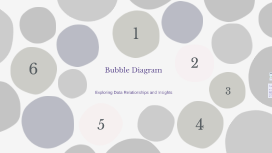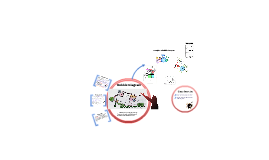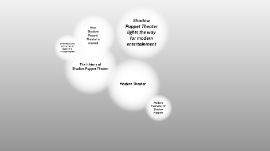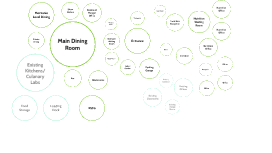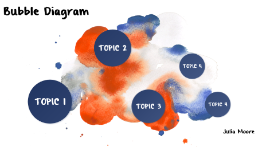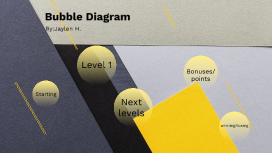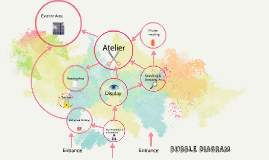Bubble Diagram
Transcript: Final Thoughts on Bubble Diagrams Future Developments in Visualization The future of Bubble Diagrams and data visualization includes increased interactivity, integration with AI for predictive analytics, and the use of augmented reality. These advancements are expected to enhance user engagement and provide deeper insights. Bubble Diagrams are not merely a visualization method but a bridge between data and decision-making. Their versatility in various applications solidifies their relevance, making them a staple in the toolkit of data analysts and business strategists. Summary of Key Points Bubble Diagrams serve as a powerful tool for visualizing complex datasets. Key takeaways include their ability to display three dimensions of information simultaneously through size, color, and position, thus aiding in identifying correlations and trends efficiently. Size and Color Significance Axis Information In bubble diagrams, the size of each bubble conveys magnitude, while color can indicate categories, trends, or specific attributes. This dual representation allows for a more nuanced understanding of the data, enhancing insights during analysis. The axes of a bubble diagram typically represent two dimensions of data, such as time and value, allowing for the identification of trends and relationships. Proper labeling is essential for clarity, ensuring the viewer understands the context of the data points. Key Features of Bubble Diagrams Components of a Bubble Diagram Conclusion and Future Trends Introduction to Bubble Diagrams Key features include size variation indicating frequency or volume, color-coding to categorize data, and axis scaling providing context. These elements together enhance data comprehension and facilitate comparative analysis across multiple variables. Bubble diagrams are effective visual representations that showcase data relationships and emphasize multiple dimensions of data through bubble size and color. They simplify complex data sets for clearer insights. A bubble diagram consists of circles (bubbles), axes, and a grid. Each bubble represents a data point, while the axes provide context through dimensions such as categories or numerical values, facilitating easy comparison and analysis. The conclusion of this presentation highlights the evolution and significance of Bubble Diagrams in data visualization, emphasizing their role in revealing insightful relationships within datasets. Understanding the future trends in visualization can enhance the effectiveness of data storytelling. Defining Bubble Diagrams A bubble diagram is a type of data visualization that employs circles (bubbles) to represent data points on a two-dimensional plane. Each bubble’s position relates to its values, while its size can denote a third dimension, providing a multi-faceted view of data. Structure of Bubble Diagrams Understanding the structure of bubble diagrams is crucial for effective data visualization. Each component plays a vital role in conveying information clearly and intuitively. Purpose and Importance Bubble diagrams serve multiple purposes, including illustrating complex data relationships, identifying patterns, and facilitating quick comparisons. Their visual nature promotes better engagement and understanding, making them valuable in business, education, and research sectors. Best Practices For optimal results, ensure that Bubble Diagrams are designed with distinct coloring and clear labeling. Engage stakeholders in interpreting results to foster a deeper understanding of data implications and promote collaborative decision-making. 1 Lessons Learned Case Studies In utilizing Bubble Diagrams, Company B discovered the importance of accurate data representation. Misinterpretation occurred due to overlapping bubbles, emphasizing the need for clarity in visualization and meticulous data validation. Examining real-world applications of Bubble Diagrams reveals their effectiveness in visualizing complex data and driving impactful decisions. Notable case studies highlight how organizations leveraged this tool for substantial insights and transformations. Successful Implementations Company A utilized Bubble Diagrams in their marketing analysis, identifying customer segmentation effectively. This implementation led to a 20% increase in targeted campaign success rates, highlighting the value of visual analytics in decision-making processes. Basic Bubble Diagram 2 A basic bubble diagram displays three dimensions of data using circular markers. The x-axis and y-axis represent two variables, while the bubble size indicates a third variable, allowing for a multi-faceted view of data relationships. Bubble Diagram Multi-dimensional Bubble Diagrams Multi-dimensional bubble diagrams extend the basic model by incorporating additional dimensions through color and/or overlay techniques. This allows for the representation of more complex datasets and interactions within the same visual space. Interactive Bubble Diagrams 3






